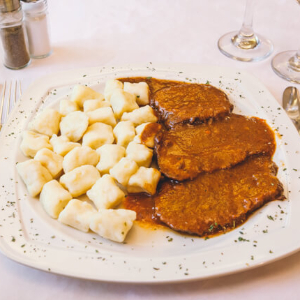Croatia is the Balkan country with the largest share of the Adriatic Sea coast of the former Yugoslavia. But, because it’s roughly ‘C’ shaped, it’s not really that much larger than some of its neighbours: Slovenia, Hungary, Serbia, and Bosnia & Herzegovina – several of which are land-locked. It’s no surprise that seafood plays a major role in the Croatian national menu.
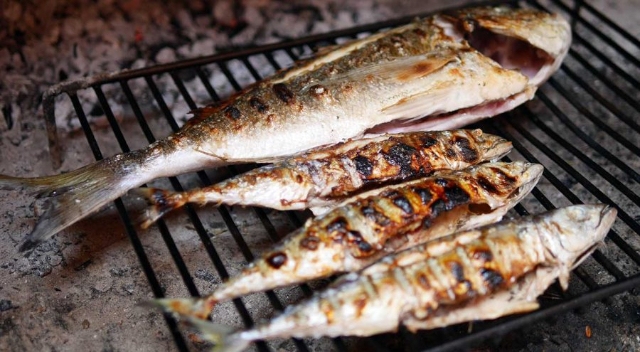 Grilled Fish: One of the most – if not THE most – popular of Croatian main dishes…
Grilled Fish: One of the most – if not THE most – popular of Croatian main dishes…
Travel advice site Wonderfulwanderings.com, advises: “Croatia is a country with amazing variety – nearly 2000 km / 1242 miles of coast, over 1000 islands, lowland plains, alpine peaks, deep caves, and spectacular waterfalls. But it’s not just the Croatian landscape that’s varied. The many traditional foods of Croatia are wide-ranging and diverse. […] If you’re planning a trip to Croatia and enjoy trying new foods, you’re in for a treat. From delicious seafood to refined charcuterie, sweet Croatian desserts to hearty meat stews, to gourmet restaurant cuisine to tasty Croatian street food…”
It’s hard to present a comprehensive selection of the ‘best’ Croatian mains in a single post, but here goes!
On our menu today
Black Risotto: Almost every website that discusses Croatian food starts its list of the famous and favourite with Crni Rizot, or Black Rosatto. It’s just regular rice, but it’s turned glossy black by the addition of Cuttlefish or Squid Ink.
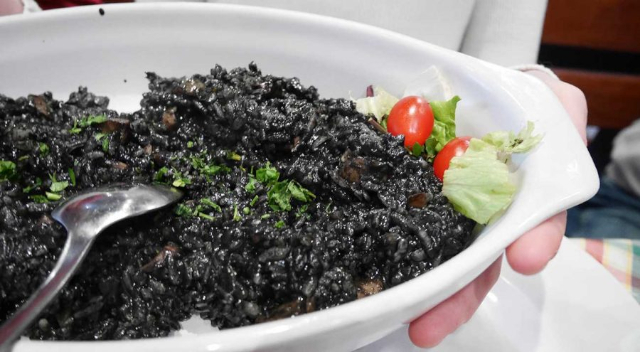
The donors of the Ink are stars of the show, along with garlic, olive oil and red wine. A cautionary note: Though this is one of the most popular and exotic Croatian dishes, it will turn your tongue and teeth black!
Brudet: Perhaps the most popular seafood dish on the lengthy Adriatic cost of Croatia. This brothy stew is more a technique than a set recipe: The catch of the day – from tuna or grouper to clams and langoustines is always the protein base of the dish, along with onions and tomatoes. But other ingredients will depend on what’s in season. it’s usually served with polenta which soaks up the flavourful broth.
Peka: Again, this Croatian culinary institution is more a technique than a recipe, as such. The key to a successful Peka is the use of Croatia’s signature baking dome of the same name. It’s traditionally made of terracotta or iron.
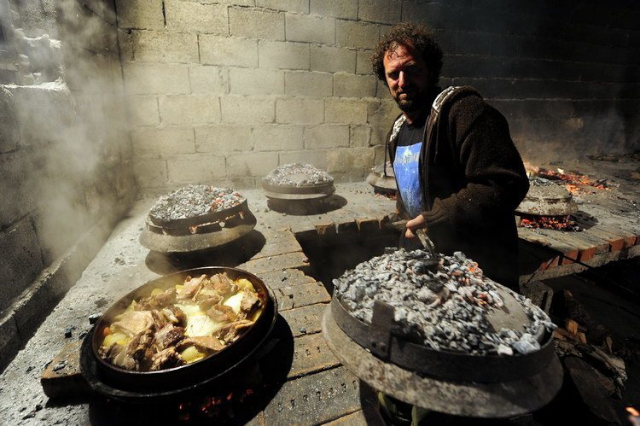
Once filled with food, it’s placed in a bed of hot coals for 2-3 hours to slowly, gfently cook. Like the Tajine of North Africa, the Peka seals in flavours and juices and produces a hearty, flavourful result. Almost any meat can be used – lamb, chicken, and veal are common, as are fish and seafood, notably octopus. Supporting actors include garlic, olive oil and red wine.
Pasticada: A distant cousin of German Sauerbraten, Pasticada is a marinated beef dish featuring prunes or figs, bacon, nutmeg and red wine (see photo, top of page). Marination may may last overnight, or several days. The longer the better. The meat is then braised for for several hours and served over Gnocchi.
Buzara: Another coastal delicacy, this is merely a dish of mussels (extremely plentiful everywhere along the Croatian cost) cooked in a broth of white wine, parsley, and garlic.
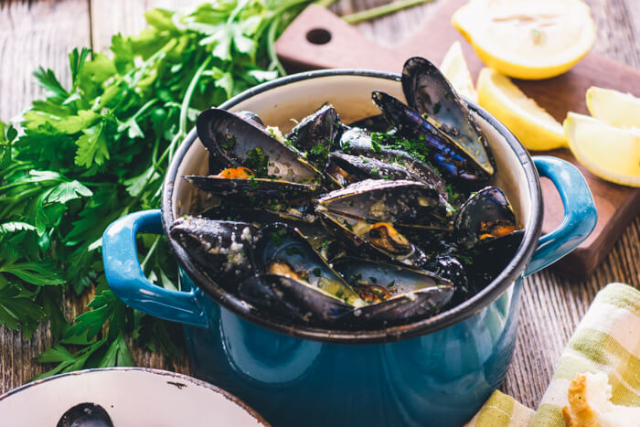
Easy peasy! And a cousin to similar dishes popular in many Mediterranean coastal regions.
Fuzi: A Croatian pasta made – believe it or not! – by wrapping small pieces of pasta dough around the end of a pencil or wooden spoon handle in to the shape of a quill. Cook them like you would any pasta. Serve them with any meaty main.
Manestra: Your vegetarian option for today! It’s a veggie soup often featuring beans, but just as often based on other veggies. You may also see chunks or ham or bacon in some versions). It’s a popular lunch time dish, having been started early in the morning and left to simmer until mid-day.
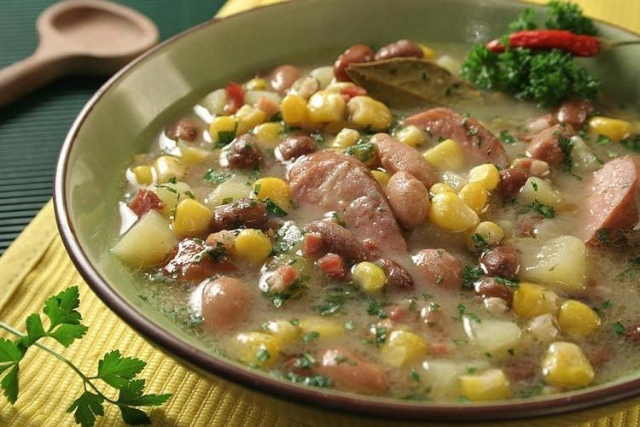
Cautionary note for vegetarians: Manestra may also contain Panchetta, ground up into a paste, thus concealing itself in the broth. If you’re at a restaurant and you’re not sure, ask.
Viska and Komiska Pogaca: These two closely related snacks share the same base: Salted sardines, onions and olive oil on a thin flatbread dough. Komiska also contains tomatoes. Komiska is traditionally cut in triangular slices for service while Viska is cut in squares. These flatbread treats are close cousins to Soparnik…
Soparnik: Another flatbread-based snack food stuffed with Blitva – Swiss Chard (a common ingredient all over Croatia). The dish even has its own festival every summer with prizes for the best Soparnik.
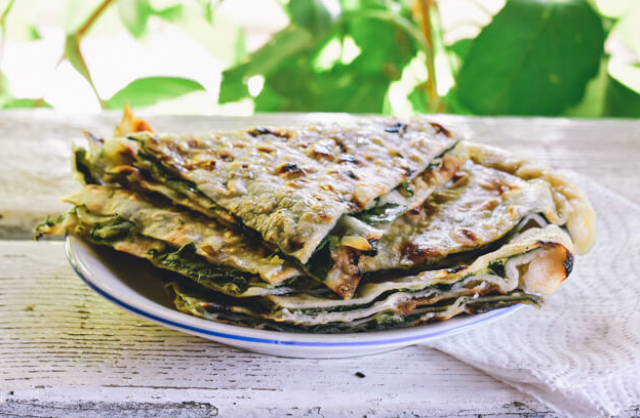
Hailing from the Poljika region, centred on the town of Split, folks from that part of the Dalmatian coast are referred to by others as ‘Blitvari’, or ‘Swiss Chard eaters’.
Grilled Fish / Seafood: Any kind of fish or seafood that can be grilled IS grilled, all up and down the Dalmatian coast. It’s perhaps the most basic of proteins in the country. And it’s one of the central staples of the Croatian national cookbook.
And…
That’s just a small sample of the most popular Croatian mains and snacks. Tune in again tomorrow for a rundown of the country’s favourite desserts and beverages!
~ Maggie J.

